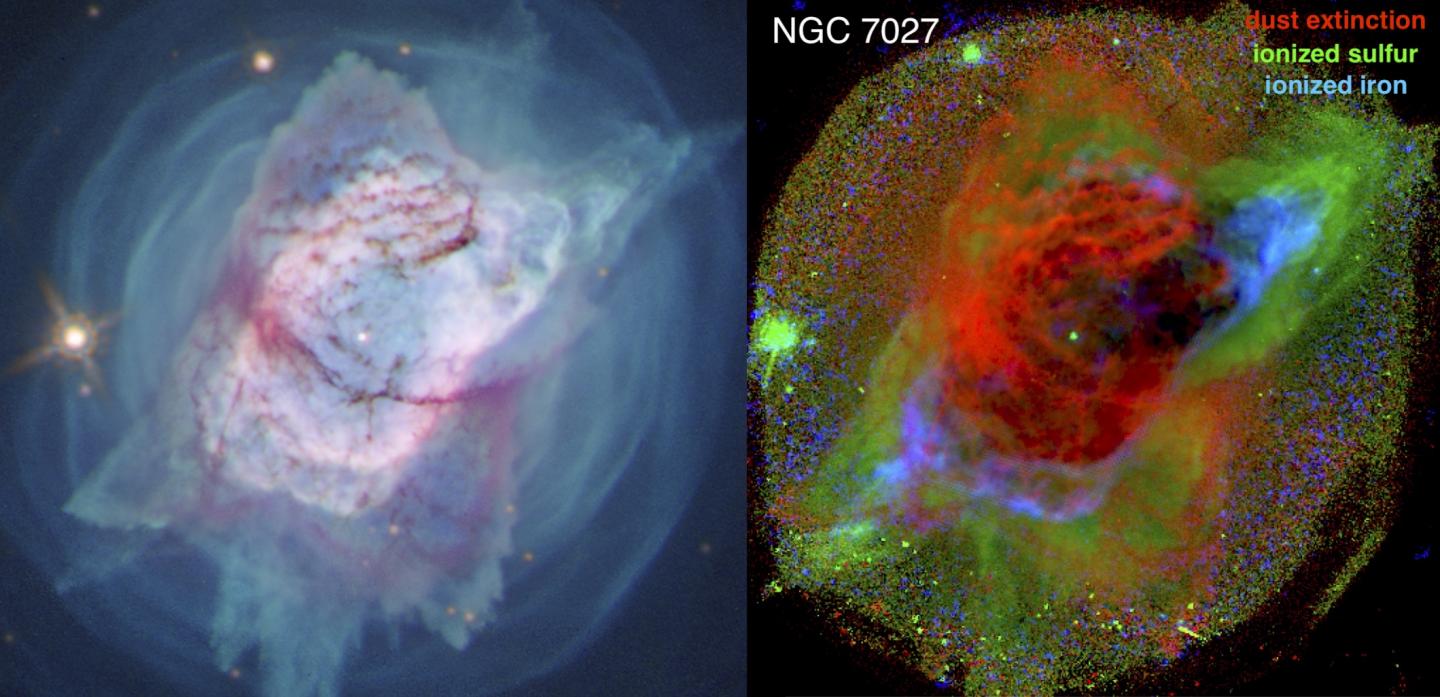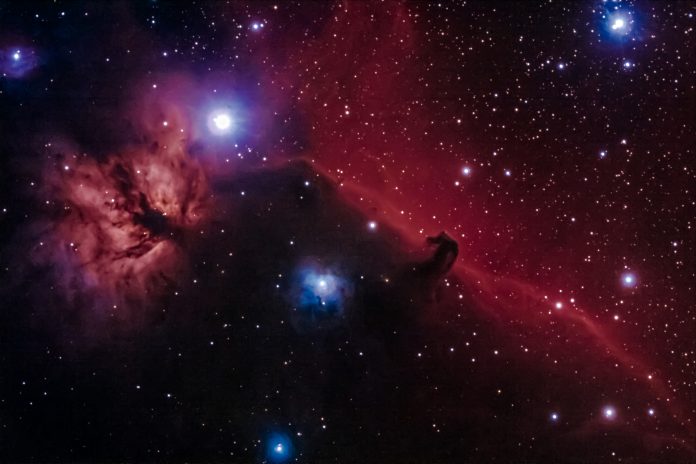Images from the Hubble Space Telescope are giving astronomers the chance to investigate planetary nebulae – like the striking Jewel Bug Nebula (NGC 7027)
Recently, astronomers collectively agreed that the universe is around 14 billion years old. As telescope data and theoretical models are further studied, more revelations keep coming from the space frontier. Yesterday, there were new understandings of the way that water is stored on other planets and what those molecules say about the history of those planets.
Today, armed with fresh imagery, researchers are discussing the power of dying stars.
Researchers from Rochester Institute of Technology and Green Bank Observatory presented new findings about the Butterfly Nebula (NGC 6302) and the Jewel Bug Nebula (NGC 7027) at the 237th meeting of the American Astronomical Society on 15 January.
“We’re dissecting them,” said Joel Kastner, a professor in RIT’s Chester F. Carlson Center for Imaging Science and School of Physics and Astronomy.
“We’re able to see the effect of the dying central star in how it’s shedding and shredding its ejected material. We’re able to see that material that the central star has tossed away is being dominated by ionized gas, where it’s dominated by cooler dust, and even how the hot gas is being ionized, whether by the star’s UV or by collisions caused by its present, fast winds.”
New mystery about the Butterfly Nebula
Kastner said analysis of the new HST images of the Butterfly Nebula is confirming that the nebula was ejected only about 2,000 years ago. It turns out that the S-shaped iron emission that helps give it the “wings” of gas may be even younger.
Surprisingly, they found that while astronomers previously believed they had located the nebula’s central star – they were wrong. The actual central star is closer to Earth than scientists initially believed.
The team are hoping that future studies with the James Webb Space Telescope could help locate the actual central star.

What about the Jewel Bug Nebula?
The team’s ongoing analysis of the Jewel Bug Nebula is built on a 25-year baseline of measurements dating back to early Hubble imaging.
Paula Moraga Baez, an astrophysical sciences and technology Ph.D. student from DeKalb, Ill., called the nebula “remarkable for its unusual juxtaposition of circularly symmetric, axisymmetric, and point-symmetric (bipolar) structures.
“The nebula also retains large masses of molecular gas and dust despite harboring a hot central star and displaying high excitation states.”
Observations from multiple telescopes
Jesse Bublitz PhD (astrophysical sciences and technology), now a postdoctoral researcher at Green Bank Observatory, has continued analysis of NGC 7027 with radio images from the Northern Extended Millimeter Array (NOEMA) Telescope.
There, he identified molecular tracers of ultraviolet and X-ray light that continue to shape the nebula. The combined observations from telescopes at other wavelengths, like Hubble, and bright molecules CO+ and HCO+ from NOEMA indicate how different regions of NGC 7027 are affected by the irradiation of its central star.
“We’re very excited about these findings,” said Bublitz.
“We had hoped to find structure that clearly showed CO+ and HCO+ spatially coincident or entirely in distinctive regions, which we did. This is the first map of NGC 7027, or any planetary nebula, in the molecule CO+, and only the second CO+ map of any astronomical source.”











